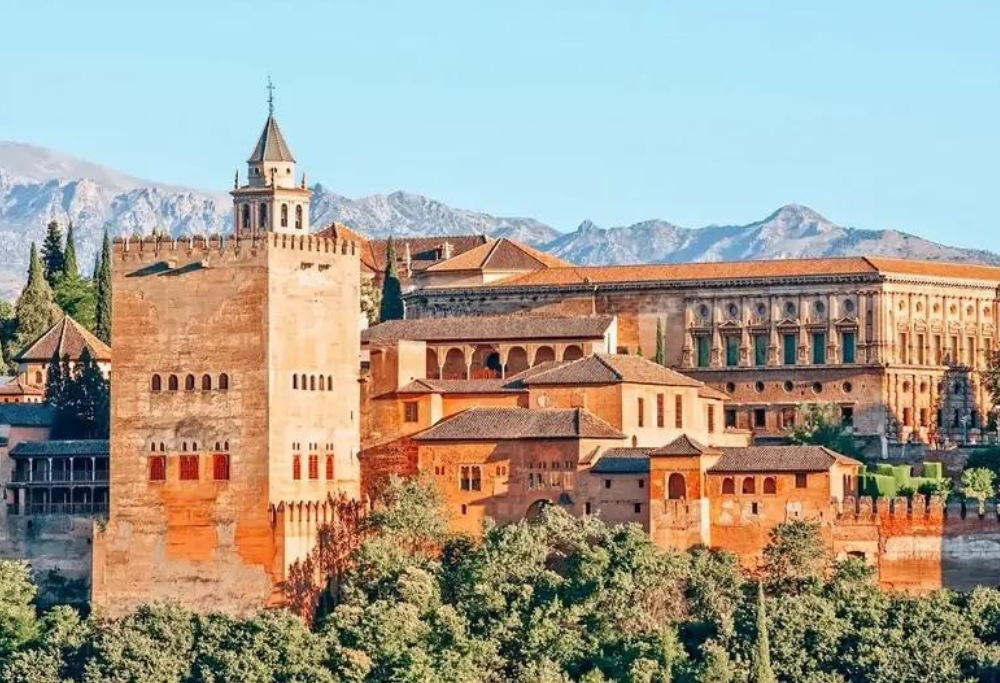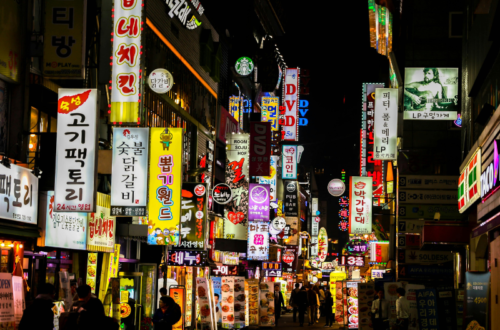Spain, with its allure of fiestas, flamenco, and tantalizing tapas, is a magnet for travelers seeking vibrant culture and rich history. From its golden coastlines to its charming towns steeped in tradition, Spain is a treasure trove of surprises waiting to be explored. In celebration of Spain’s National Day on October 12th, let’s uncover 15 intriguing facts about this captivating country.
A Heritage Haven:
Spain boasts an impressive array of 49 UNESCO World Heritage Sites, placing it fourth globally. From the stunning Alhambra in Granada to Antoni Gaudí’s masterpieces like La Sagrada Família, these sites offer a glimpse into Spain’s rich history and architectural brilliance. Each site tells a unique story, reflecting Spain’s diverse cultural heritage and contributing to its status as a treasure trove of cultural wonders.
La Sagrada Família’s Endless Saga:
La Sagrada Família, Barcelona’s iconic basilica, stands as a testament to Spain’s architectural prowess and artistic vision. Despite its construction spanning over 130 years, this masterpiece remains unfinished, captivating visitors with its intricate design and spiritual significance. Antoni Gaudí’s visionary architecture continues to inspire awe and admiration, making La Sagrada Família a must-visit destination for travelers from around the world.
Spanish: A Global Tongue:
Spanish, with over 45 million speakers worldwide, ranks as one of the most widely spoken languages globally. Second only to Mandarin Chinese, Spanish holds cultural significance across 18 countries, including Mexico, Argentina, and Spain itself. Its colonial legacy has cemented Spanish as a language of influence and connectivity, fostering communication and cultural exchange on a global scale.
Literary Landmark:
Miguel de Cervantes’ “Don Quixote” stands as a literary masterpiece and the world’s first modern novel. Published in 1605, this timeless tale has been translated into 145 languages, captivating readers with its wit, humor, and profound insights into human nature. Cervantes’ enduring legacy continues to inspire writers and readers worldwide, solidifying Spain’s place in the pantheon of literary greatness.
A Taste of History:
Sobrino de Botín, Madrid’s esteemed restaurant, holds the distinction of being the world’s oldest eatery, serving patrons since 1725. Famous for its succulent cochinillo asado (roast suckling pig), this historic establishment embodies Spain’s culinary heritage and commitment to gastronomic excellence. A visit to Sobrino de Botín is a journey through time, offering a delectable taste of Spain’s rich culinary traditions.
Festival Frenzy:
Spain’s vibrant festival scene showcases a diverse array of celebrations, from the adrenaline-fueled Pamplona Bull Run to the tomato-flinging revelry of La Tomatina. These lively events capture the essence of Spanish culture, inviting locals and visitors alike to partake in the festivities and immerse themselves in the country’s spirited traditions.
Grapes of Good Fortune:
As the clock strikes midnight on New Year’s Eve, Spaniards partake in the tradition of eating twelve grapes for good luck. This custom, known as Las doce uvas de la suerte, symbolizes prosperity and abundance for the coming year, adding a touch of whimsy to Spain’s New Year celebrations.
Tooth Mouse Tales:
In Spain, children eagerly anticipate the visit of Ratoncito Pérez, the tooth mouse, who exchanges lost teeth for small gifts. This charming tradition, rooted in Spanish folklore, adds a touch of magic to childhood milestones and fosters a sense of wonder and imagination.
An Anthem Without Words:
Spain’s national anthem, “La Marcha Real,” stands as one of the few anthems in the world without lyrics. Despite its lack of words, this stirring melody holds deep significance for Spaniards, symbolizing national pride and unity.
Siesta Serenity:
Spain’s siesta tradition reflects the country’s laid-back attitude and appreciation for leisurely living. Taking place during the hottest part of the day, siestas allow Spaniards to recharge and unwind, contributing to their overall well-being and longevity.
Artistic Genius:
Spain has produced some of the world’s greatest artistic talents, including Diego Velázquez, Francisco Goya, and surrealist masters Pablo Picasso and Salvador Dalí. These visionary artists have left an indelible mark on the world of art, showcasing Spain’s creative brilliance and cultural richness.
Japanese Legacy:
The town of Coria del Río boasts a unique connection to Japan, with many residents bearing the surname “Japón” as a legacy of a 17th-century Japanese envoy. This fascinating historical link highlights Spain’s role as a melting pot of cultures and influences.
Yuletide Logs and Pooping Logs:
Catalonia’s Tió de Nadal tradition adds a playful twist to Christmas celebrations, as families gather to beat a festive log until it “defecates” treats. This whimsical custom, known as Caga Tió, embodies Spain’s festive spirit and love for quirky traditions.
Double the Surnames:
In Spanish culture, individuals typically carry two surnames—one from each parent—reflecting familial lineage and heritage. This unique naming convention adds depth and richness to Spanish identity, honoring both maternal and paternal ancestry.
Naked Truths and Driving Dilemmas:
While public nudity is technically legal in Spain, driving barefoot or in flip-flops is prohibited by law—a surprising juxtaposition of liberal attitudes and strict regulations. These curious customs reflect Spain’s complex tapestry of tradition and modernity, adding intrigue to the country’s cultural landscape.






